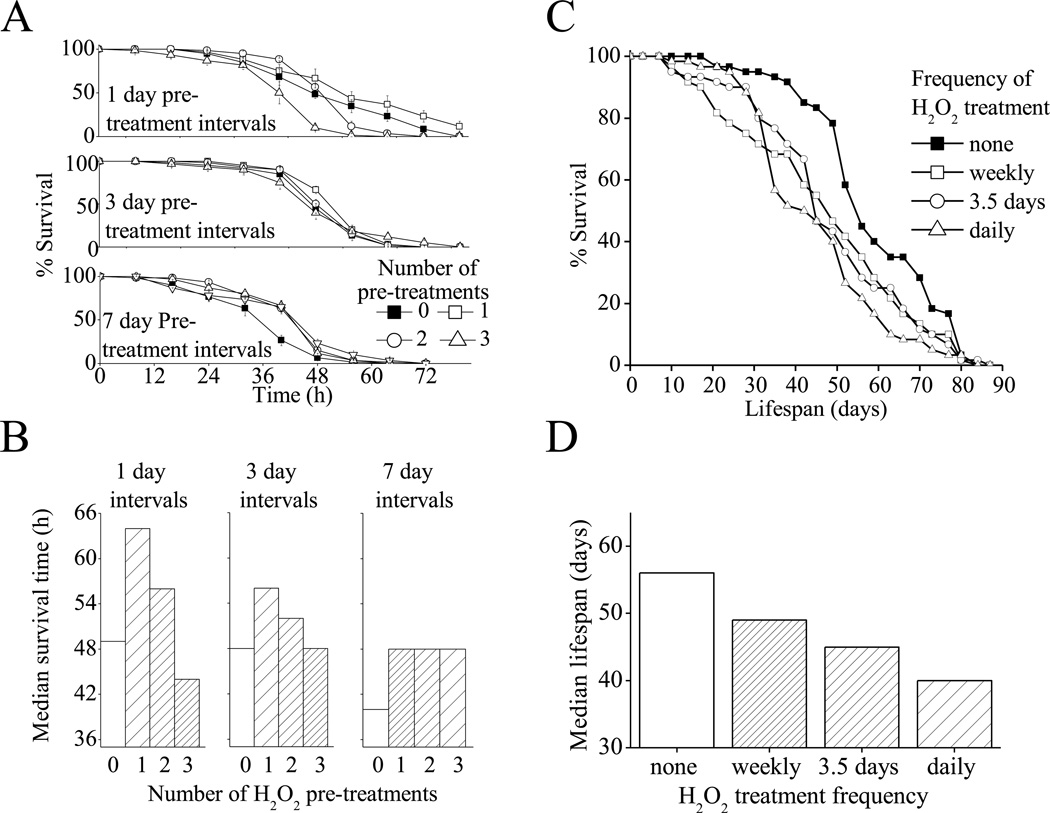Fig. 7. D.melanogaster Adapation to H2O2 Challenge Under Repeated H2O2 Pre-treatment.
A. Like cultured mammalian cells, H2O2 pre-treatment increases Drosophila oxidative stress tolerance and this adaptation is blunted by repeated treatments, though the repeated treatments are tolerated if a sufficiently long recovery period (7 days) is permitted. Experiments were performed using vials of 20, 4–6 day old female w(1118) flies which were cultured in vials containing normal food. Flies were incubated in vials containing ½ a Kim-wipe© soaked in 1ml of 5% sucrose plus 100µM H2O2 0–3 times for 6 h intervals. These pre-treatments were preformed either every day, every 3 days or every 7 days. Then, 1 day after the final pretreatment, all flies were challenged by exposure to ½ a Kim-wipe© soaked in 1ml of 5% sucrose plus a toxic dose of H2O2 (4.4M). Flies were maintained in these vials and survival was scored ever 8 h. Values are plotted as a percent of population before challenge, and are shown as means ± SE, where n = 3. B. Shows values from A plotted as median survival time following initiation of H2O2 challenge, where n = 60. C. Repeated treatment, even when a long recovery time is permitted, appears to reduce fly lifespan. Flies were cultured in vials containing normal food. Flies were then transferred every day, every 3.5 days or every 7 days, to vials containing ½ a Kim-wipe© soaked in 1ml of 5% sucrose plus 100µM H2O2 for 8 h intervals. Fly survival was counted every 3.5 days and treatments were continued until all flies were dead. D. Shows values from C plotted as median survival time following initiation of H2O2 challenge, where n = 60.

